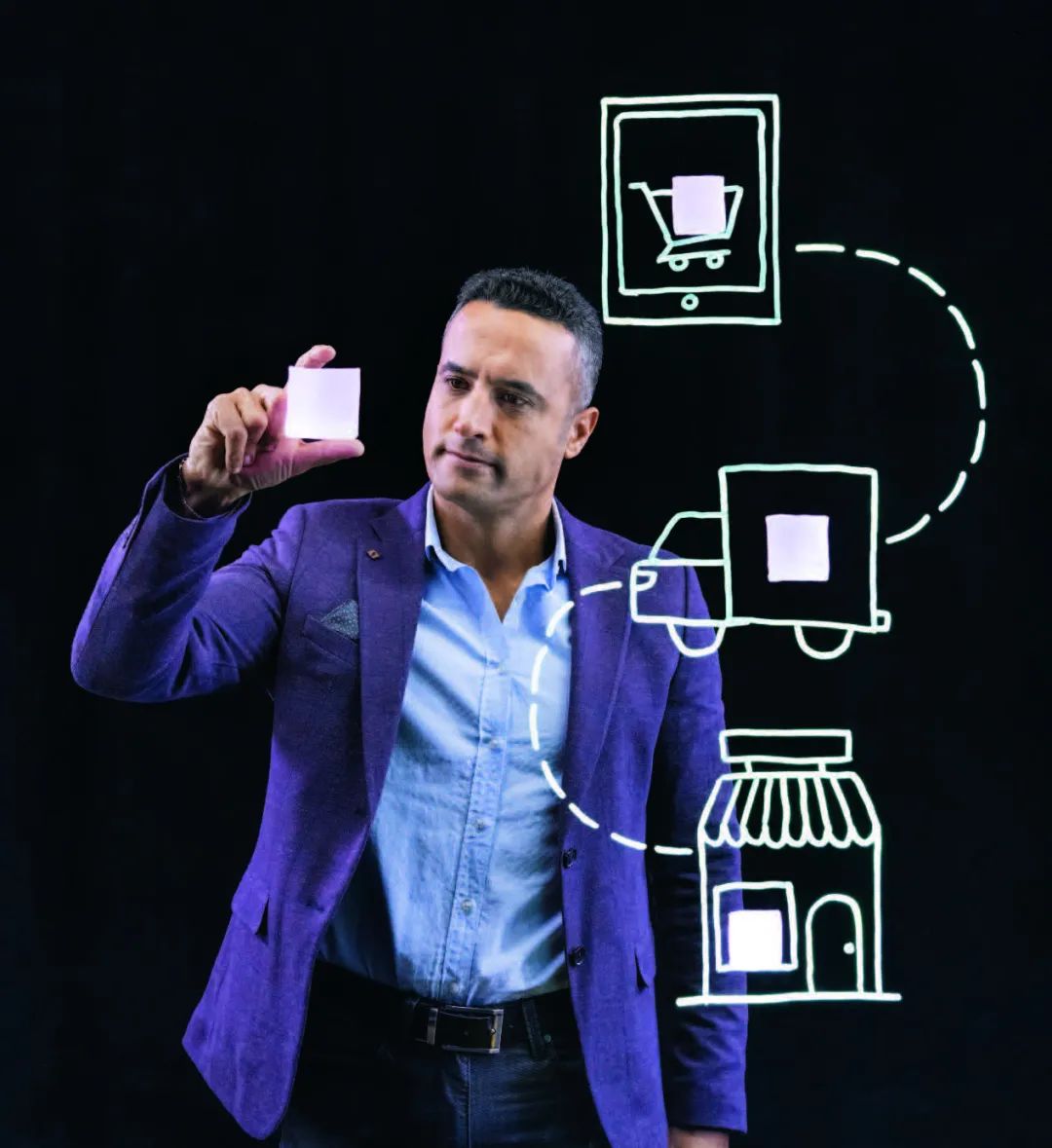Discovery at Carlson·27 Hybrid vs. Online-Exclusive: The Key to Successful Ship-to-Store Services

NECATI ERTEKIN
Assistant Professor·Supply Chain and Operations
Hybrid vs. Online-Exclusive: The Key to Successful Ship-to-Store Services
For brick-and-mortar (BM) retailers, adaptation and innovation have been words to live by over the last several decades. It’s not hard to see why. Yes, Amazon’s ever-growing reach has been a major factor. But shifting consumer expectations has played an equal—if not more influential—role. As consumers, we expect unlimited choice, we demand the friction-free experience of one-click online shopping, and many of us are hooked on the quick (if not instant) gratification that comes with free next- or same-day shipping.
In response, many BM retailers have adapted an omnichannel retailing approach, one that blends traditional BM retail with e-commerce. Done correctly, omnichannel strategies can be powerful competitive tools. But as new research from Carlson School Assistant Professor Necati Ertekin points out, they can also present retailers with a host of implementation challenges.

Ertekin’s research focused on an omnichannel merchandising strategy known as ship-to-store (STS). The concept works like this: Consumers buy an item on a retailer’s website and have it shipped for free to the closest BM store, where they can pick it up at their convenience (and immediately return it if they don’t like it). From the retailer’s perspective, it’s an opportunity to generate additional business if customers make an additional purchase during the in-store pickup. Plus it allows consumers to foot the bill for last-mile delivery—i.e., getting the items from the store to their homes.
While all that sounds like a win-win, STS doesn’t always work as intended. “There are many STS success stories, but you can find several failed attempts due to poor implementation,” Ertekin notes, adding that the channel merchandising of products also has a direct impact on success rates. “Among the products that can be ordered with STS, retailers make some products available as online-only and market others as hybrid that you can buy in-store or online,” he says. “The idea with the research was to provide an understanding of what types of products retailers should offer as online-exclusive vs. hybrid, along with how those channel merchandising decisions can improve STS performance.”
He dug into that question by studying 14 months of sales data from an omnichannel jewelry retailer with more than 1,000 physical stores and multiple online outlets operating under different brand names across North America. The sales figures showed that STS services do generate extra business through in-store cross-selling. And they revealed that STS can help retailers attract new customers, primarily people looking to capitalize on free shipping and easy returns. But the data also highlighted a downside of STS, leading to sales losses. Case in point: Say an existing customer, who would normally have a product shipped to home when STS service is not an option, puts in an STS order for that product, but then, on the way to pick up the STS order, finds a better deal at a nearby competitor store. Chances are he or she will quickly abandon the original STS order for the cheaper, immediately available alternative at the competitor. The research reveals that the pros and cons of STS are less pronounced for hybrid products as customers use STS services for those products only when they are not available in-store.
“The idea with the research was to provide an understanding of what types of products retailers should offer as online-exclusive vs. hybrid, along with how those channel merchandising decisions can improve STS performance.”
The upshot: Retailers shouldn’t take a one-size-fits-all approach to STS. “STS doesn’t influence sales in the same manner for all products. It has varying effects on onlineexclusive vs. hybrid products,” Ertekin says. “Applying the right channel merchandising strategy—deciding whether to offer a product as online-exclusive or hybrid—can help retailers improve their STS retailers.
“For a successful STS implementation, retailers should market products that are high-priced, difficult to substitute, and which have low in-store availability as hybrid,” he adds, noting that such an approach can help prevent customers from shopping for similar items at competitor stores. “On the opposite side, retailers should market products that are somewhat generic (or easy to substitute), low-priced, and which have high in-store availability as online-exclusive.”

厘清混合渠道和线上专供:发货到店业务成功的关键
“这项研究的目的,是帮助零售商合理地确定线上专供和混合渠道销售的产品类型,通过销售渠道决策来提高发货到店策略的绩效。”
过去几十年来,适应和创新一直是实体零售商的生存之道。这不难理解。首先,亚马逊的影响力不断增长。其次,消费者期望值的改变,也起到了与亚马逊相同、甚至更大的作用。作为消费者,我们希望拥有不限量的选项,我们要求一键式线上购物的顺滑体验,还有很多的消费者追求免费次日达甚至当日达的快速或即时满足感。
为了应对这些挑战,很多实体零售商采用了全渠道零售战略,将传统的线下零售与电子商务结合起来。如果操作得当,全渠道零售战略对竞争大有裨益。但是,卡尔森学院助理教授Necati Ertekin指出,这种战略也会给零售商带来一系列的实施上的困难。
Ertekin专注研究一种被称为“发货到店”(STS)的全渠道销售策略。所谓发货到店是指,消费者在线下单,零售商免费发货到距离最近的实体店,顾客在方便的时候去提货。如果不喜欢,可以现场退货。从零售商的角度来看,这种策略可能促使顾客在到店取货时消费,从而产生额外的业务。此外,消费者将负责物流的“最后一英里”,即,将商品从实体店取回家中。
这个策略听起来完全是双赢的,但实际效果并不总能如愿。“有许多发货到店的成功案例,但也有由于实施不力而失败的情况,”Ertekin指出。他进一步补充说,商品的销售渠道也会直接影响策略的成败。“发货到店的商品分为两类,一类商品仅限线上销售,其他商品则使用混合渠道,同时在店内和线上发售。这项研究的目的,是帮助零售商合理地确定线上专供和混合渠道销售的产品类型,通过销售渠道决策来提高发货到店策略的绩效。”
在研究过程中,他调查了一家全渠道珠宝零售商,仔细分析了该零售商14个月的销售数据。该零售商在北美拥有1,000多家实体店和多个线上渠道,使用不同品牌经营。销售数据显示,发货到店服务确实带来了店内交叉销售,产生了额外的营业额。此外,发货到店还吸引了新的客户,尤其是希望免运费和方便退货的群体。但是,数据也突显了该模式的一个缺点:造成销售损失。举例来说,假设有一位常惠顾客,在没有发货到店服务时,他/她通常要求快递到家。零售商提供发货到店服务后,他/她下单了一个商品。在去实体店提货的路上,他/她在附近的竞争品牌店面发现了更实惠的商品。那么,他/她很可能会放弃原有的发货到店商品,转而在竞争品牌那里购买更便宜的、可立即获得的替代品。研究显示,上述优缺点在混合渠道产品上不太明显,因为针对这类商品,顾客只会在店内缺货时才使用发货到店服务。
总结来说,零售商不应该对发货到店策略采取一刀切的做法。Ertekin表示,“发货到店策略对不同产品会产生不同的影响。对线上专供商品和混合渠道发售的商品,这个策略的影响是不同的。通过应用正确的渠道策略——恰当地确定线上专供和混合渠道策略——零售商可以改善其发货到店业务。”
他补充说:“为了成功地开展发货到店业务,零售商应该通过混合渠道销售价格高、难以替代、店内供应量少的商品。”这种做法能够避免顾客在竞争对手的实体店购买类似商品。“相反,比较普通(容易替代)、价格低、实体店内常见的产品,应当作为线上专供。”



